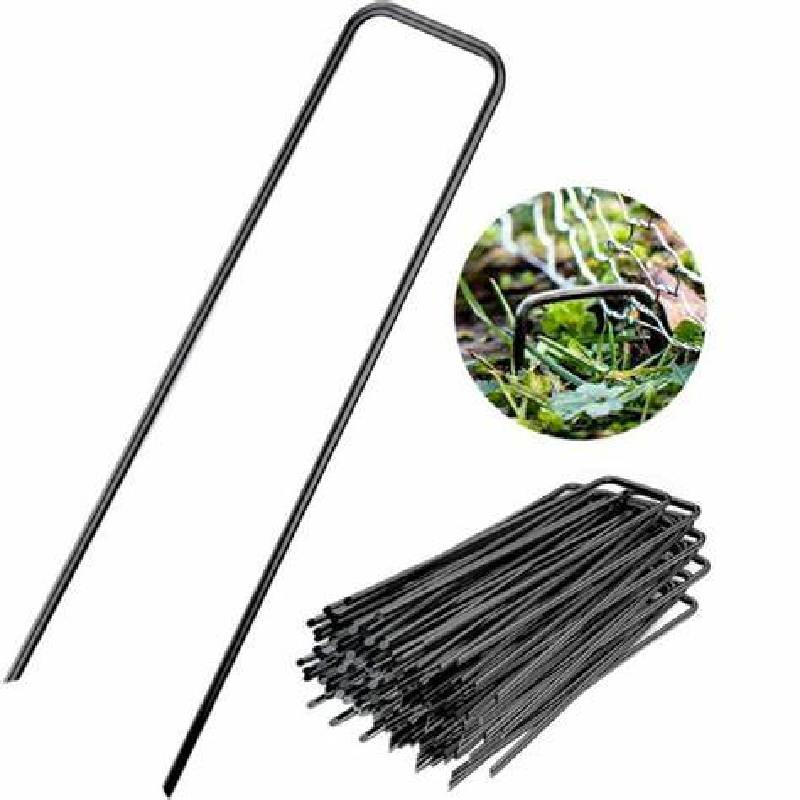
- Mobile Phone
- +8613931874955
- sales@cntcmetal.com
Exploring the Benefits and Applications of Stainless Steel Cavity Wall Ties in Construction Projects
The Importance of Stainless Steel Cavity Wall Ties in Modern Construction
In contemporary construction, the use of cavity wall systems has gained immense popularity due to their energy efficiency, moisture control, and aesthetic appeal. One crucial component that ensures the structural integrity and performance of these systems is the cavity wall tie. Among various materials used for wall ties, stainless steel has emerged as the preferred choice for many architects and builders. This article delves into the significance of stainless steel cavity wall ties, their benefits, and their applications.
What Are Cavity Wall Ties?
Cavity wall ties are metal components used to connect the inner and outer walls of a cavity wall system. They serve several essential functions, including providing structural stability, facilitating water drainage, and allowing for thermal movement between the walls. Generally installed at regular intervals, these ties play a vital role in ensuring that the two leaves of the wall act as a single unit under loads such as wind pressure or seismic activity.
Advantages of Stainless Steel Wall Ties
Stainless steel cavity wall ties offer numerous benefits that make them a preferred option in construction
1. Corrosion Resistance One of the primary advantages of stainless steel is its excellent resistance to corrosion. Unlike mild steel wall ties, which can rust and weaken over time when exposed to moisture, stainless steel maintains its integrity, ensuring the longevity and durability of the wall structure.
2. Strength and Durability Stainless steel ties possess exceptional tensile strength, allowing them to withstand significant forces and enhance the overall stability of the cavity wall. This robustness is particularly crucial in regions prone to high winds or seismic activity.
3. Low Maintenance Due to their resistance to corrosion and environmental degradation, stainless steel ties require minimal maintenance. This characteristic not only reduces long-term costs for building owners but also contributes to the sustainability of the structure.
stainless steel cavity wall ties

4. Aesthetic Versatility Stainless steel ties can be designed to suit various architectural styles without compromising the visual appeal of a building. They can be hidden within the wall structure or made visible as a design feature, providing architects with greater flexibility in design.
5. Thermal and Acoustic Performance Stainless steel does not conduct heat as effectively as other metals, which can contribute to better thermal insulation in buildings. Additionally, their design can also help enhance acoustic performance, making them suitable for residential and commercial properties where sound insulation is a priority.
Applications in Construction
Given their numerous advantages, stainless steel cavity wall ties find their application in various construction projects. They are commonly used in
- Residential Buildings For homes employing cavity wall systems, these ties ensure durability and protection against weather elements, which is particularly crucial in climates with high humidity or precipitation.
- Commercial Structures Office buildings, shopping centers, and industrial facilities benefit from the strength and corrosion resistance of stainless steel ties, ensuring long-term performance under heavy loads and exposure to the elements.
- Restoration and Heritage Projects In renovation projects, especially those involving historical buildings, stainless steel ties are often used to maintain structural integrity while respecting the original aesthetics of the facade.
Conclusion
Stainless steel cavity wall ties are integral to modern construction, offering a combination of strength, durability, and resistance to corrosion. Their importance cannot be overstated, especially in ensuring the longevity and stability of cavity wall systems. As building practices continue to evolve, the adoption of advanced materials like stainless steel will undoubtedly play a pivotal role in shaping the future of construction, providing safe, efficient, and aesthetically pleasing structures for generations to come.
share:
-
Your Source for Concrete Wall Ties and Masonry AccessoriesNewsJul.10,2025
-
Unlocking the Power of Iron Wire for Every ProjectNewsJul.10,2025
-
Explore Advanced Chain Wire and Stainless Steel Mesh FencingNewsJul.10,2025
-
Discover the Benefits of Annealed Wire ProductsNewsJul.10,2025
-
Discover China Stainless Steel Wire Mesh SolutionsNewsJul.10,2025
-
Build with Confidence Using High-Performance Masonry AccessoriesNewsJul.10,2025
-
Why Sacrificial Formwork Is Redefining Underground ConstructionNewsJun.06,2025



















